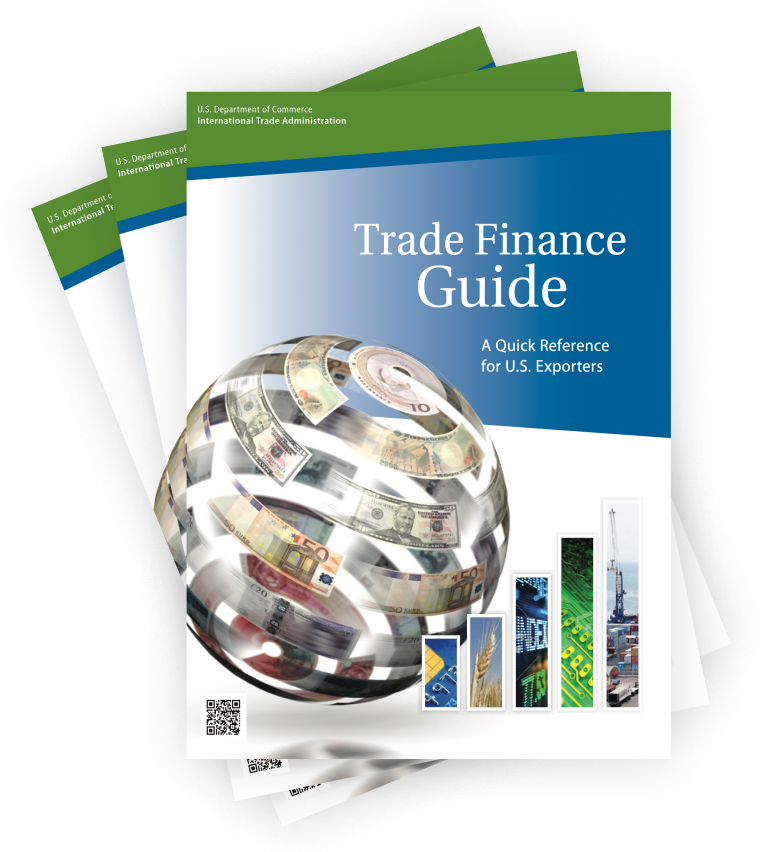The International Trade Blog International Logistics
Financial Literacy for Logistics Managers: Master the Basics
On: October 30, 2023 | By:  Mitch Kostoulakos |
3 min. read
Mitch Kostoulakos |
3 min. read
 While logistics managers excel in orchestrating the flow of goods from Point A to Point B, they typically tread on less certain ground when it comes to financial matters. Logistics managers with operations backgrounds and responsibilities typically leave finance to the accountants. However, this gap in financial acumen can be a hindrance in the ever-evolving world of supply chain management. Logistics managers with at least a basic understanding of the financial aspects of the supply chain will be better positioned to improve their business operations.
While logistics managers excel in orchestrating the flow of goods from Point A to Point B, they typically tread on less certain ground when it comes to financial matters. Logistics managers with operations backgrounds and responsibilities typically leave finance to the accountants. However, this gap in financial acumen can be a hindrance in the ever-evolving world of supply chain management. Logistics managers with at least a basic understanding of the financial aspects of the supply chain will be better positioned to improve their business operations.
Consider the three logistics tracks of the supply chain:
- Material: The physical flow of the product from origin to end-user destination.
- Information: The communication between supplier, customer and LSPs (Logistics Service Providers), including quotes, purchase orders, delivery updates, etc.
- Financial: Payment for the goods, whether through a letter of credit, cash in advance, open account or another payment option.
These different tracks often result in silos. When I taught International Supply Chain courses, I was confident in the material and information flows and less so in the financial area. Fortunately, I was able to gain some knowledge and pass it along to my students through the text, Global Logistics & Supply Chain Management published by John Wiley and Sons.
It has been said that accountants look back while managers must look forward. Below I will identify basic financial terms and measurements relevant to logistics. The information is likely common knowledge for accountants and finance professionals.
Financial Terms Logistics Managers Need to Know
Balance Sheet
Snapshot of assets and liabilities at a particular point in time.
Income Statement
Profit and loss for a defined period of time.
Cash Flow
Where the money comes from and where it goes.
Order Cycle
A short order cycle leads to reduced inventory; a long order cycle leads to increased inventory.
Cost of Lost Sales
High inventory results in lower lost sales; lower inventory results in higher lost sales.
Transportation Costs
Similar tradeoffs as lost sales. Mode shifts from slower to faster (ground to air) can reduce inventory. Shifts from faster to slower (air to ocean) will increase inventory.
Commodity Dollar Value
High-value commodities lead to high inventory, transportation and packaging costs.
Density
High-density commodities lead to reduced transportation and inventory (warehousing) costs.
Loss/Damage
Commodities with high susceptibility to loss/damage result in higher costs of transportation and warehousing.
Location Decision
Plant or distribution center proximity from materials sources or markets can mean relative advantage or disadvantage vs. competitors. These are C-level decisions.
How Financial Concepts Impact the Supply Chain
Obvious implications for logistics are that time is money, so shortening or accelerating the supply chain and eliminating delays results in greater profit. High working capital (inventory) reduces profit. Efficient resource utilization (labor, real estate, equipment) increases profit. Cash-to-cash cycle is key.
Debt financing can be described as gearing or leverage. Low gearing means little or no debt. High gearing means the firm has a substantial proportion of debt to assets. This presents an increased risk for investors. It also may preclude opportunities to expand or improve operations and debt service (interest) will constrain cash flow.
International logistics involves great risk, which may include uncertain demand, unstable infrastructure and services, political instability or currency fluctuations. Cost accounting for logistics companies is not as straightforward as for manufacturers. Services are intangible, quality can be difficult to measure, they cannot be stored (perishable), and may involve more than one provider.
In Conclusion
A well-rounded logistics program considers all three tracks of the supply chain: material, information and financial. Through collaboration between logistics teams, finance professionals and other stakeholders, companies position themselves for success.
Like what you read? Join thousands of exporters and importers who subscribe to Passages: The International Trade Blog. You'll get the latest news and tips for exporters and importers delivered right to your inbox.

About the Author: Mitch Kostoulakos
Mitch Kostoulakos is an independent logistics consultant and a Licensed Customs Broker (LCB). He was an award-winning International Executive with FedEx Services before launching Ad Hoc Logistics LLC, and previously held management positions in the LTL industry. Ad Hoc Logistics assists small and medium-sized firms with international logistics and customs issues. Mitch holds the CTL—Certified in Transportation and Logistics designation. His articles have been published in Transportation Journal. He was honored to be appointed to the Standing Committee on International Trade and Transportation of the Transportation Research Board beginning April 2020. TRB is a unit of the National Academies of Sciences, Engineering, and Medicine.


